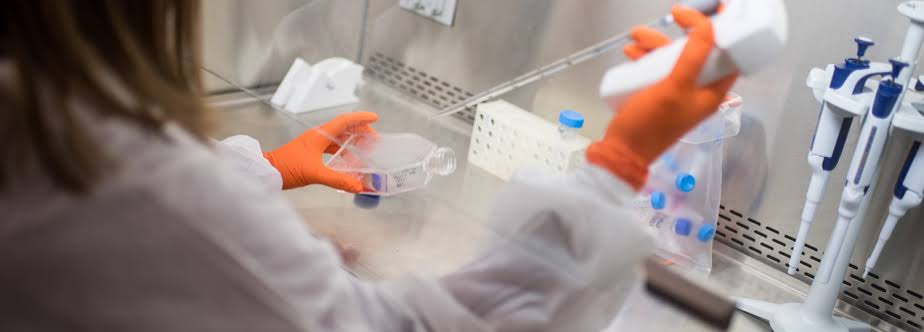Avery Oswald was a Canadian-born American physician and medical researcher who provided the molecular explanation for Griffith’s transformation of Streptococcus pneumoniae.
Avery was one of the first molecular biologists and a pioneer in immunochemistry, but he is best known for his discovery in 1944 that DNA is the material of which genes and chromosomes are made.
This discovery of his was made with his co-workers Colin MacLeod and Maclyn McCarty; and the principle of bacterial transformation was actually established by the works of Avery, MacLeod and McCarty and Frederick Griffith.
They showed that bacterial transformation could be carried out in the test tubes instead of the mouse that was previously used by Griffith’s in demonstrating this principle, and their painstaking experiment in deciphering this, showed that DNA was actually the transforming agent or genetic material.
References
Barrett J.T (1998). Microbiology and Immunology Concepts. Philadelphia, PA: Lippincott-Raven Publishers. USA.
Beck R.W (2000). A chronology of microbiology in historical context. Washington, D.C.: ASM Press.
Brooks G.F., Butel J.S and Morse S.A (2004). Medical Microbiology, 23rd edition. McGraw Hill Publishers. USA. Pp. 248-260.
Chung K.T, Stevens Jr., S.E and Ferris D.H (1995). A chronology of events and pioneers of microbiology. SIM News, 45(1):3–13.
Salyers A.A and Whitt D.D (2001). Microbiology: diversity, disease, and the environment. Fitzgerald Science Press Inc. Maryland, USA.
Slonczewski J.L, Foster J.W and Gillen K.M (2011). Microbiology: An Evolving Science. Second edition. W.W. Norton and Company, Inc, New York, USA.
Summers W.C (2000). History of microbiology. In Encyclopedia of microbiology, vol. 2, J. Lederberg, editor, 677–97. San Diego: Academic Press.
Discover more from Microbiology Class
Subscribe to get the latest posts sent to your email.




